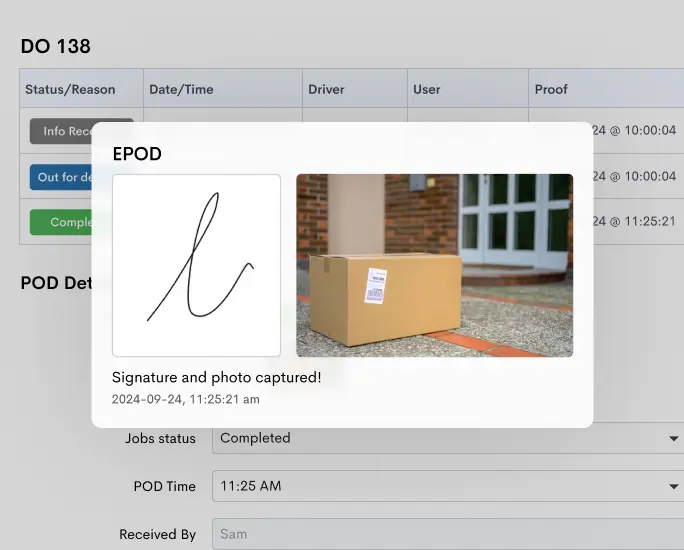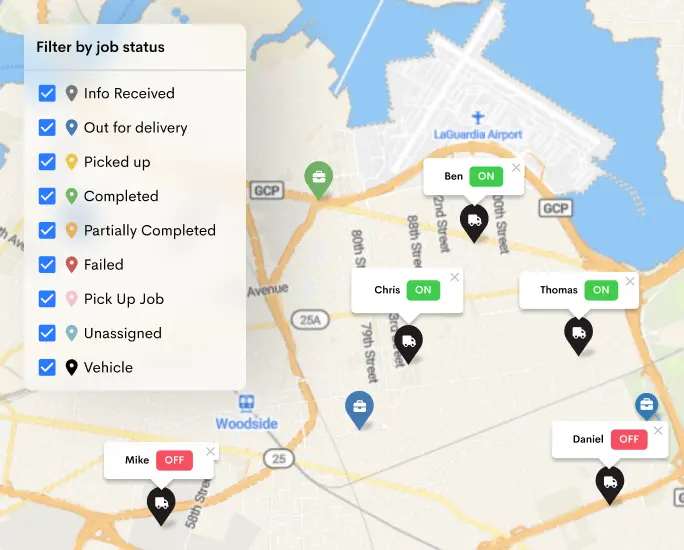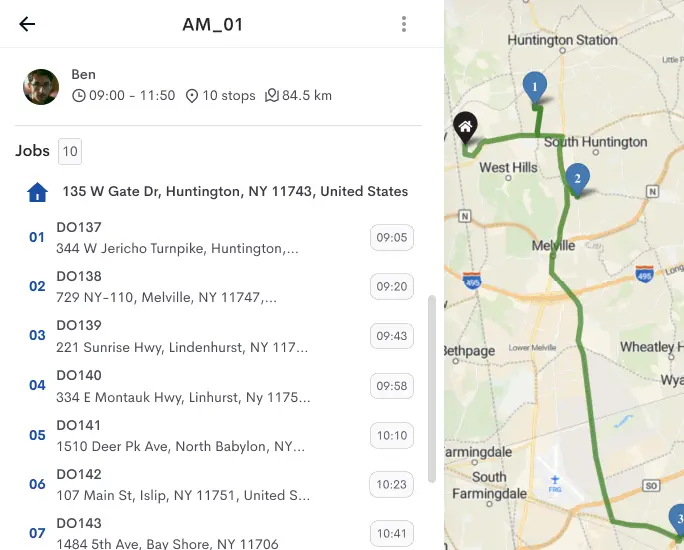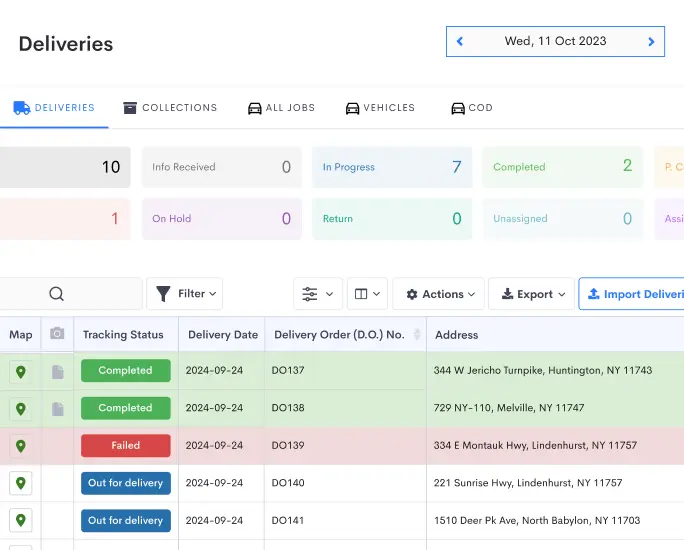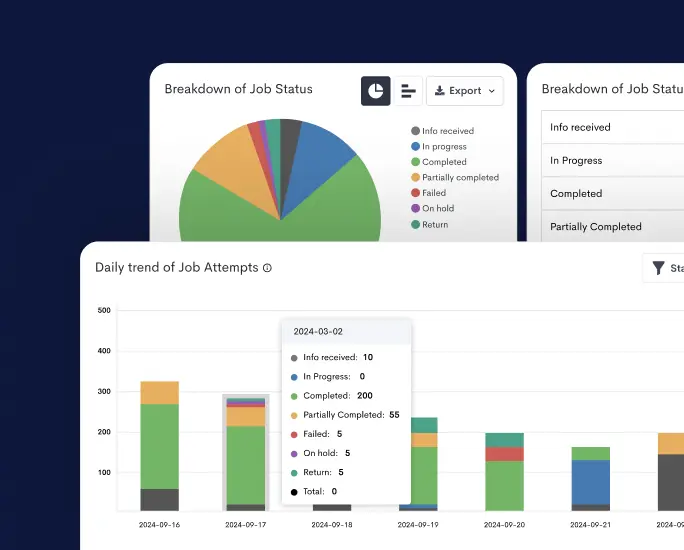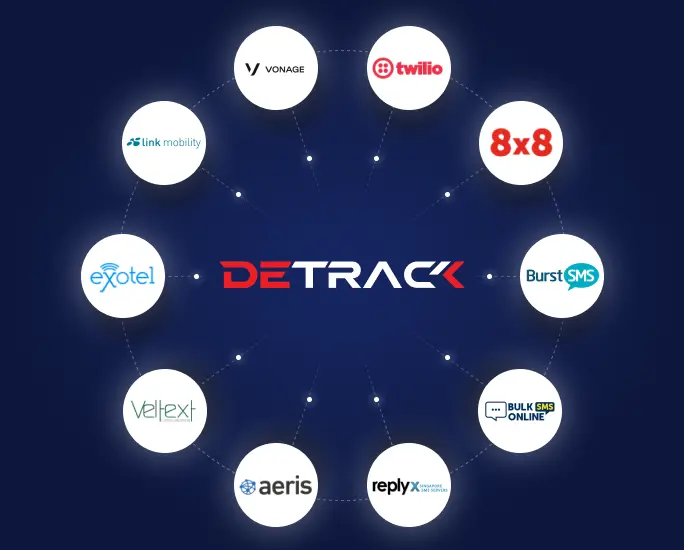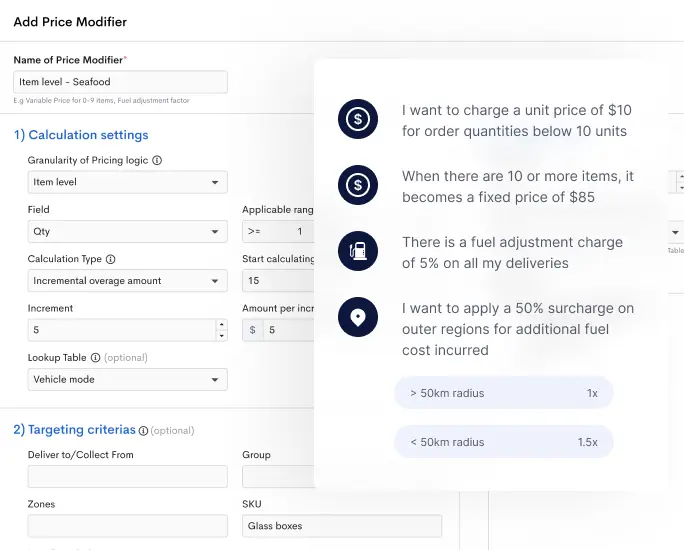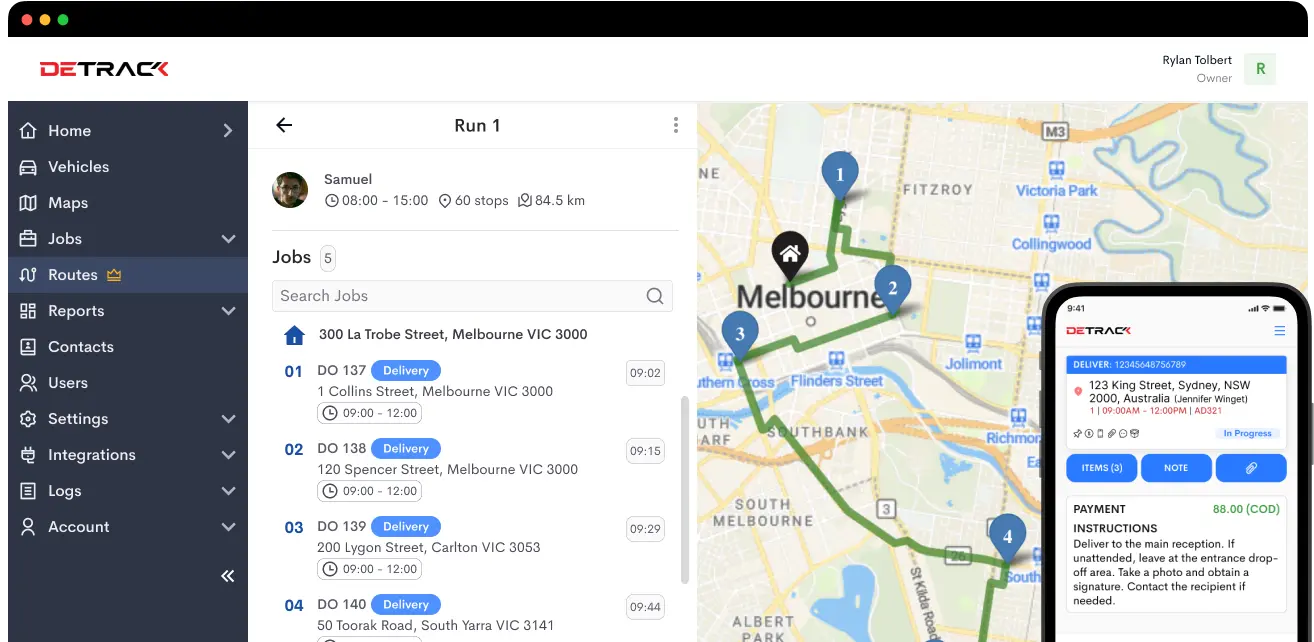In this customer-centric world, businesses must meet increasingly high expectations for delivery speed, accuracy, and efficiency. From the rise of e-commerce giants like Amazon to the demand for same-day or next-day delivery services, companies must find innovative ways to stay competitive.
One of the most effective solutions is to adopt a Delivery Management System (delivery management system). Whether you’re managing a fleet of trucks, delivery vans, or even couriers on bicycles, a delivery management system can revolutionize your last mile operations and ensure seamless deliveries every time.
What is a Delivery Management System?
A Delivery Management System is a software solution that automates and optimizes the entire delivery process from start to finish. It typically includes features like:
- Real-time tracking
- Route optimization
- Electronic Proof of Delivery (ePOD)
- Driver performance monitoring
- Customer notifications
- Delivery analytics and reporting
A delivery management system’s primary goal is to eliminate manual processes, reduce human error, and provide real-time visibility into delivery operations.

Why Seamless Deliveries Matter
Seamless deliveries are no longer just a “nice-to-have.” They are an essential component of customer satisfaction and operational efficiency. Here’s why:
- Customer Expectations: Modern consumers expect fast, transparent, and reliable delivery services. Any delays or errors can damage your brand’s reputation and lead to negative reviews.
- Competitive Advantage: Companies that consistently deliver on time and provide excellent customer service gain a significant edge over competitors struggling with inefficient delivery operations.
- Operational Efficiency: Seamless deliveries reduce bottlenecks and prevent inefficiencies from affecting your supply chain. Streamlined deliveries also ensure that resources like drivers, fuel, and vehicles are used optimally.
To achieve these results, a delivery management system plays a crucial role by improving various aspects of the delivery process.
How a Delivery Management System Transforms Your Business
Optimized Route Planning and Scheduling
One of the biggest challenges in delivery logistics is ensuring drivers take the most efficient routes. Traffic congestion, road closures, and other unforeseen factors can cause significant delays, ultimately impacting customer satisfaction. With route optimization capabilities, a delivery management system can automatically calculate the fastest, most efficient routes based on real-time traffic data, vehicle availability, and delivery windows.
Optimized routes translate to:
- Reduced fuel costs
- Shorter delivery times
- Increased delivery capacity
Efficient route planning and scheduling can also minimize delays, ensuring that deliveries are made on time, regardless of external factors.
Real-Time Tracking and Transparency
Customers today demand transparency in their delivery experience. Real-time tracking, powered by GPS technology, enables businesses and customers to monitor delivery progress. Through live updates, businesses can keep their customers informed about:
- The location of the delivery vehicle
- Estimated delivery times
- Unexpected delays (e.g., traffic, vehicle breakdowns)
For businesses, real-time tracking provides better oversight of delivery operations. It helps managers monitor driver performance, respond quickly to any delays, and provide customers with accurate delivery status updates. Real-time data allows for improved decision-making, increasing the overall efficiency of the delivery operation.
Automated Dispatching
Manual dispatching is time-consuming, error-prone, and inefficient. It often involves assigning tasks based on outdated or incomplete information. A delivery management system automates this process by using real-time data to assign the right jobs to the right drivers based on location, availability, and capacity.
Automated dispatching allows businesses to:
- Save time by eliminating manual processes
- Reduce human error and inefficiencies
- Ensure drivers are optimally assigned, maximizing their productivity
By automating the dispatching process, businesses can improve their overall efficiency and ensure deliveries are completed on time, every time.
Enhanced Customer Experience
Customer satisfaction is the lifeblood of any business, and delivery services are no exception. A poor delivery experience can tarnish a customer’s perception of your brand, even if your product is top-notch.
A delivery management system enhances customer experience by:
- Providing customers with real-time delivery tracking
- Sending automatic notifications and updates
- Offering flexible delivery options, such as choosing preferred time slots
Enabling electronic proof of delivery (ePOD), which gives customers peace of mind by confirming successful delivery with signatures, photos, or barcode scans
When customers are kept in the loop, they feel more confident about their purchase and are less likely to raise complaints.
Cost Reduction
One of the most significant advantages of a delivery management system is its ability to reduce operational costs. By optimizing routes, automating dispatching, and providing real-time insights into delivery performance, businesses can cut down on waste, improve resource allocation, and reduce unnecessary expenses.
Key areas of cost savings include:
Fuel Efficiency: Route optimization leads to reduced fuel consumption, saving money over time.
- Labor Costs: Delivery management systems reduce the need for manual intervention, freeing up human resources for other tasks.
- Vehicle Maintenance: More efficient routing and tracking prevent excessive wear and tear on vehicles, reducing maintenance costs. A well-structured driver checklist ensures regular vehicle inspections, helping to catch potential issues early and maintain fleet reliability.
- Reduced Delivery Failures: Real-time tracking and customer notifications help prevent failed deliveries, saving the cost of rescheduling and redelivering orders.
With improved efficiency and cost control, businesses can reinvest their savings into other areas, such as expanding their delivery capacity or improving customer service.

Electronic Proof of Delivery (ePOD)
Gone are the days of paper-based delivery confirmations. A delivery management system offers electronic proof of delivery (ePOD), which digitizes the confirmation process, ensuring greater accuracy and accountability. Drivers can collect signatures, photos, or barcodes using mobile devices, and this information is instantly uploaded to the system.
Benefits of ePOD include:
- Reduced paperwork and administrative burden
- Instant access to delivery confirmations
- Fewer disputes or claims related to delivery issues
- Greater visibility and transparency for customers
ePOD not only improves delivery accuracy but also provides legal protection in case of disputes, as businesses can instantly access digital records of completed deliveries.
Actionable Analytics and Reporting
Data is king in today’s business environment. A delivery management system provides detailed analytics and reporting tools that offer insights into key performance metrics, such as:
- Driver mileage
- Delivery times and delays
- Custom Date Ranges
- Fuel consumption
- Customer feedback and satisfaction
These insights help businesses identify inefficiencies and areas for improvement. With actionable data, managers can make informed decisions about fleet management, driver training, route optimization, and other areas critical to improving delivery operations.
Scalability for Business Growth
As your business grows, so do your delivery needs. A delivery management system provides the flexibility and scalability required to manage increasing delivery volumes without sacrificing efficiency. Whether you’re handling 50 deliveries a day or 500, a delivery management system can scale up seamlessly to accommodate your growing operations.
This scalability is crucial for businesses experiencing seasonal demand spikes or expanding into new markets. With a delivery management system, you can quickly adjust your delivery operations to handle increased workloads without missing a beat.
The Impact of a Delivery Management System on Different Industries
While Delivery Management Systems are most commonly associated with logistics and e-commerce, they offer significant benefits across a wide range of industries. These systems streamline operations, reduce costs, and enhance customer satisfaction. Here’s how a delivery management system can impact various sectors:
- Logistics & 3PL Providers: Optimizing deliveries for multiple clients, improving route efficiency, and reducing operational costs through real-time tracking and automated dispatching.
- Oil & Gas: Ensuring the timely and secure transport of equipment, materials, and fuel to remote locations, while managing the logistics of large and often complex deliveries.
- Furniture & Home Appliances: Coordinating large-item deliveries, ensuring they are on time and efficiently installed, improving customer experience through accurate tracking and communication.
- Construction Materials: Tracking the delivery of building supplies, machinery, and equipment to construction sites, ensuring timely arrival and helping prevent delays in projects.
In each sector, seamless deliveries are vital for maintaining customer satisfaction, reducing costs, and staying competitive. A delivery management system helps businesses across these industries achieve these goals easily.
Conclusion: Why You Need a Delivery Management System
A Delivery Management System is not just a tool for managing logistics; it’s a critical investment in your business’s success. With a delivery management system, you can achieve seamless deliveries, improve customer satisfaction, reduce operational costs, and gain a competitive edge in the market.
From real-time tracking to route optimization, a delivery management system offers a comprehensive solution to the challenges of modern delivery management. Whether you’re a small business or a large enterprise, adopting a delivery management system can transform your operations and set you on the path to long-term success.
In a world where customer expectations are higher than ever, and efficiency is paramount, investing in a Delivery Management System is the smart path to seamless deliveries.

